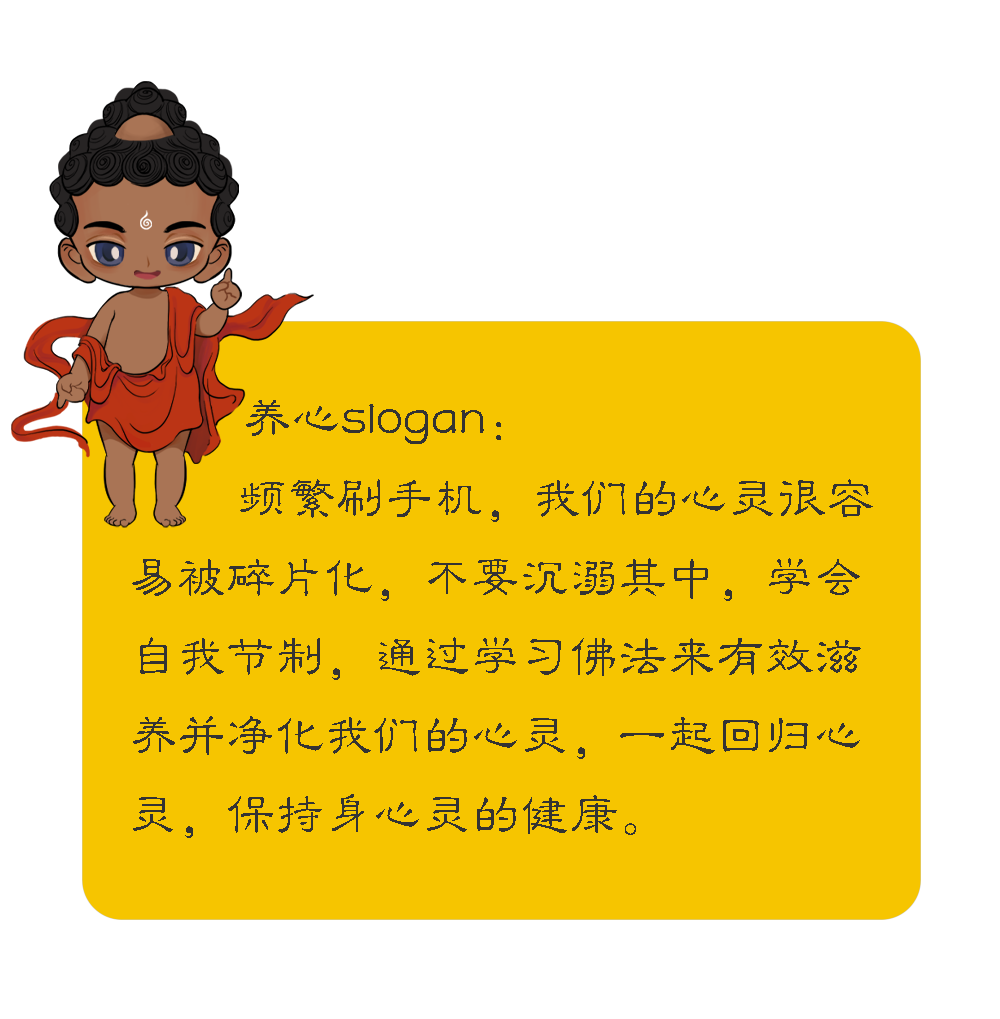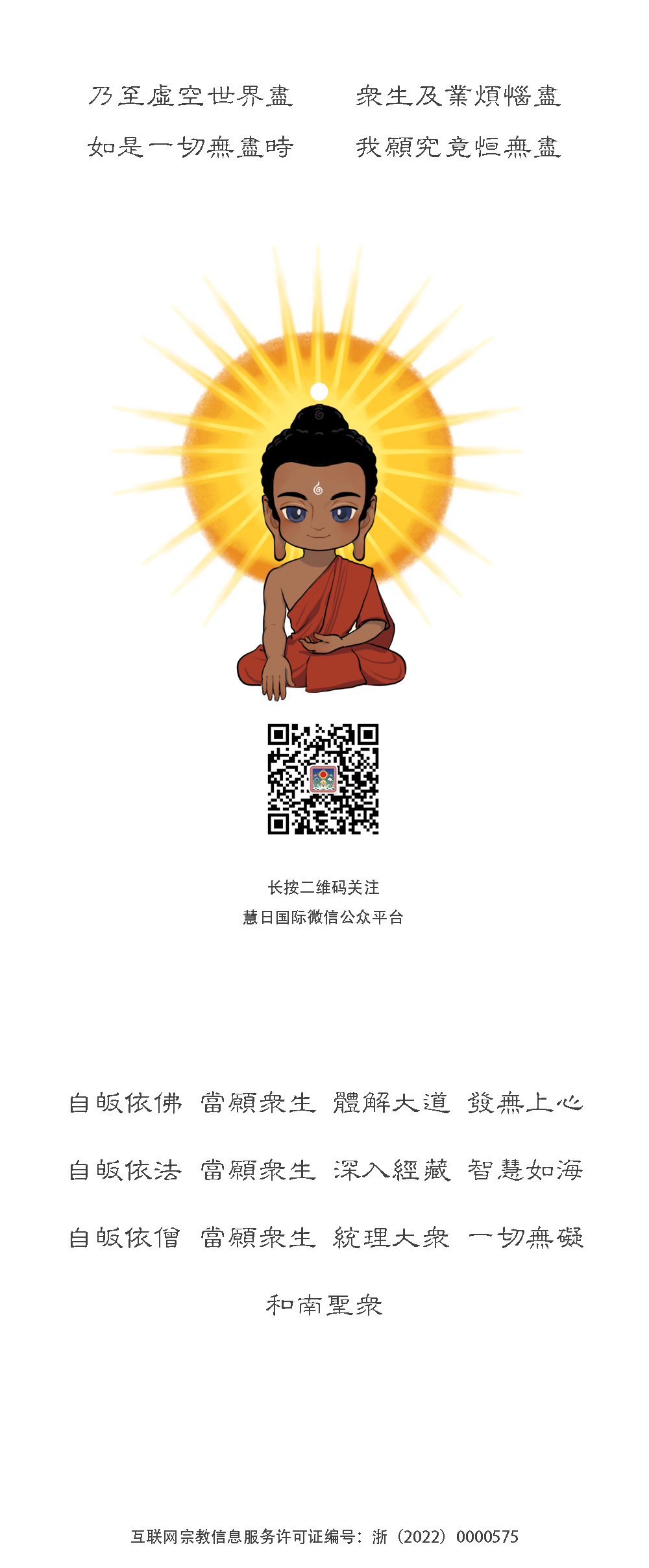超越生老病死,超越熵增定律的锦囊在此
Huiri International Buddhism
HRIB.
超越生老病死
Transcends birth, aging, illness, and death.
Huiri International Buddhism
PART ONE

宇宙它是从有序到无序

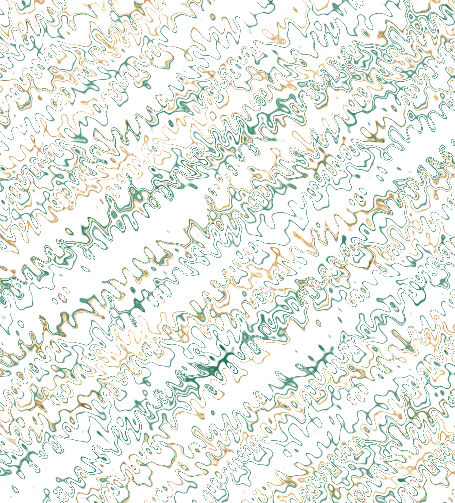
爱因斯坦临死之前他讲了,他说我的这个相对论以后有可能会被证伪,会证明它的错误、狭隘,但是这个热力学的第二定律,就是所谓的所有物质也好,宇宙它是从有序到无序,他说这一个大的方向大概不会错。熵增定律,就是越来越无序的一个趋势,那这个在佛教里呢,佛陀认知的、概括的叫“无常”这两个字,就是无常、变灭。佛陀高度地总结说,物质有成住异灭,生命有生老病死。
Before his death, Einstein said that his theory of relativity might eventually be disproven, revealing its errors and limitations. However, for the second law of thermodynamics, which states that all matter and the universe move from order to disorder, he mentioned this general direction would likely hold true.
This law of increasing entropy, the tendency towards increasing disorder, is conceptually similar to the Buddha's cognition, generally known in Buddhism as "impermanence", meaning change (impermanence) and perishability.
The Buddha succinctly summarized at a macro level that all matter undergoes formation, existence, alteration, and destruction, while life experiences birth, aging, illness, and death.
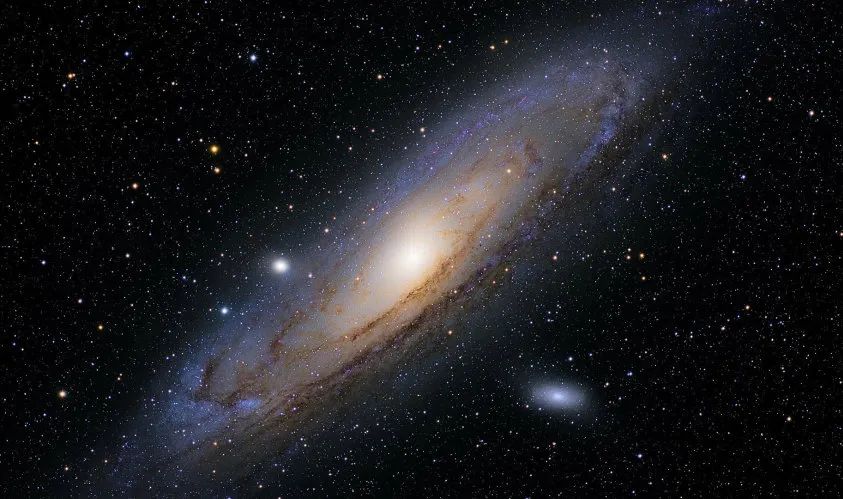
那当在我们爱因斯坦代表了我们这个时代最顶级的科学思考的时候,佛陀在三千年前思考到这个问题,佛陀就没有屈服于这个熵增定律,祂发起了对这个对熵增定律的挑战。祂找这个生命超越生老病死之道,就是超越熵增定律之道。所以这种生命的挑战,这具有科学精神的。爱因斯坦也讲过这个,他说一个科学家需要有宗教精神,一个宗教学家也需要科学精神,说科学如果没有宗教的话,它会成为就是盲人;如果宗教没有科学的话,会成为跛子,没有脚的人。
When Einstein represented the pinnacle of scientific thought in our era, the Buddha had already contemplated this issue three thousand years ago.
The Buddha did not succumb to the law of increasing entropy; instead, he initiated a challenge against it.
He sought the path where life transcends birth, aging, illness, and death, thereby surpassing the law of increasing entropy.
Hence, such a challenge to the nature of life embodies a scientific spirit.
Einstein also mentioned this; he said that a scientist needs a religious spirit, and a religious scholar needs a scientific spirit, saying that science without religion is akin to a blind person, while religion without science is lame, akin to a person without legs.

我师父也提醒这个,我们佛教就是讲这个,就是理论和实践必须要相结合。所以文殊菩萨是代表理性,代表智慧,普贤菩萨代表践行。有理性、有智慧再加上这个六度万行,才是我们生命得于成长,得于圆满,最后破迷开悟,走向圆满的必由之路。
My teacher also reminds us that in Buddhism, theory and practice must be combined.
Hence, Manjushri Bodhisattva represents rationality and wisdom, while Samantabhadra Bodhisattva represents practice.
Rationality and wisdom, top with the myriad practice of the Six Paramitas, brings the growth of our lives, perfection, and ultimately leads to breaking through delusion and attaining enlightenment, and reaching the essential path to Perfection.
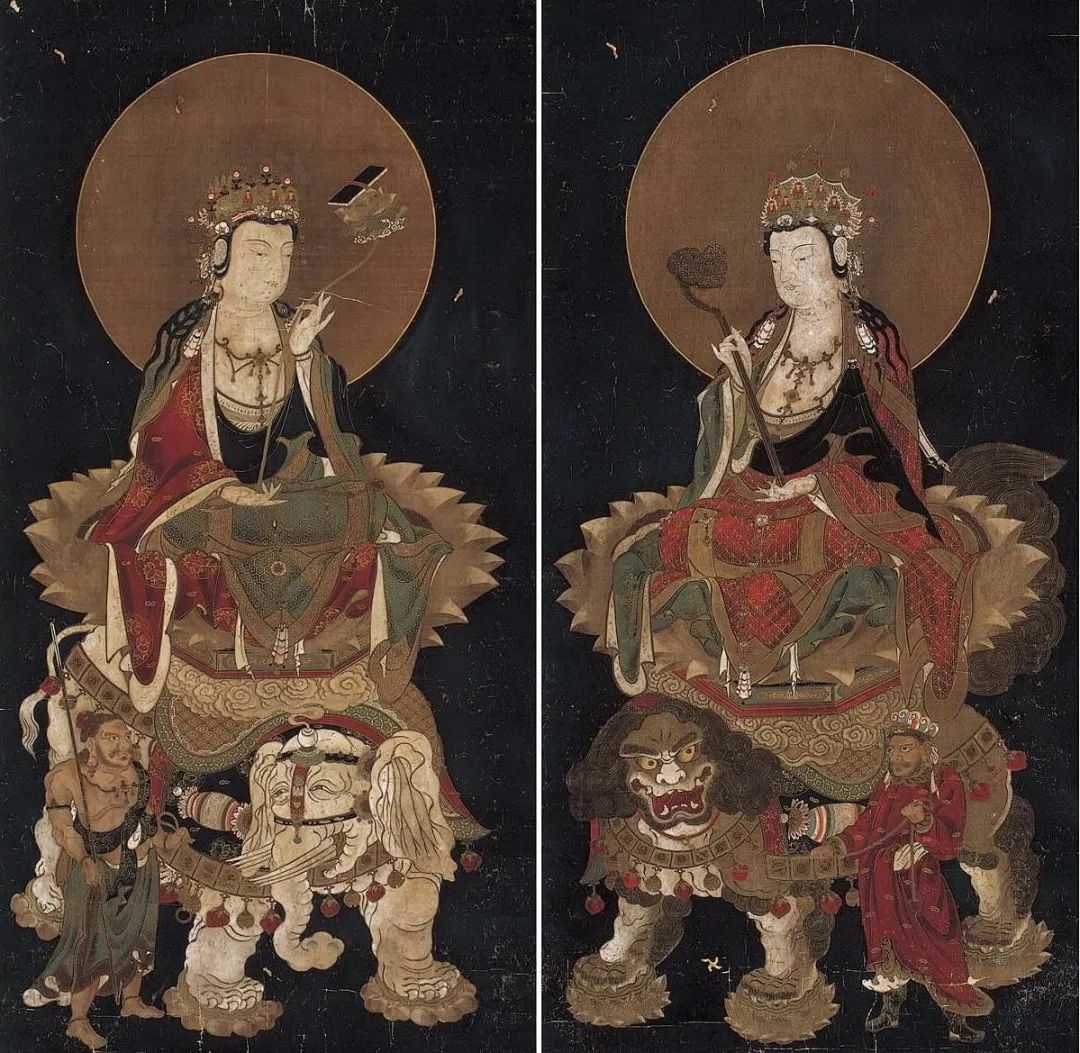
所以普贤菩萨所坐骑的六牙白象,那个“六牙”是代表六度的意思,象的四个脚代表慈悲喜舍,身上它的璎珞都代表六度万行,菩萨道的庄严资粮。所以我师父经常提醒我们,说修行要目足齐资。就是不能没有眼睛,也不能没有脚。所以爱因斯坦讲的那句话,我就很容易接受,因为我经常受师父的这个教导。
Therefore, the six-tusks of the white elephant that Samantabhadra Bodhisattva rides, represent the Six Paramitas, the four legs of the elephant symbolize compassion, sympathy, joy, and giving, and the adornments on its body represent the myriad practices of the Six Paramitas and the dignified provisions on the Bodhisattva path.
Hence, my teacher often reminds us that both the eyes and feet are necessary in our practice.
In other words, there can never be no eyes; there can never be no feet.
This is why I easily accept Einstein's statement, as I have often been taught this by my teacher.
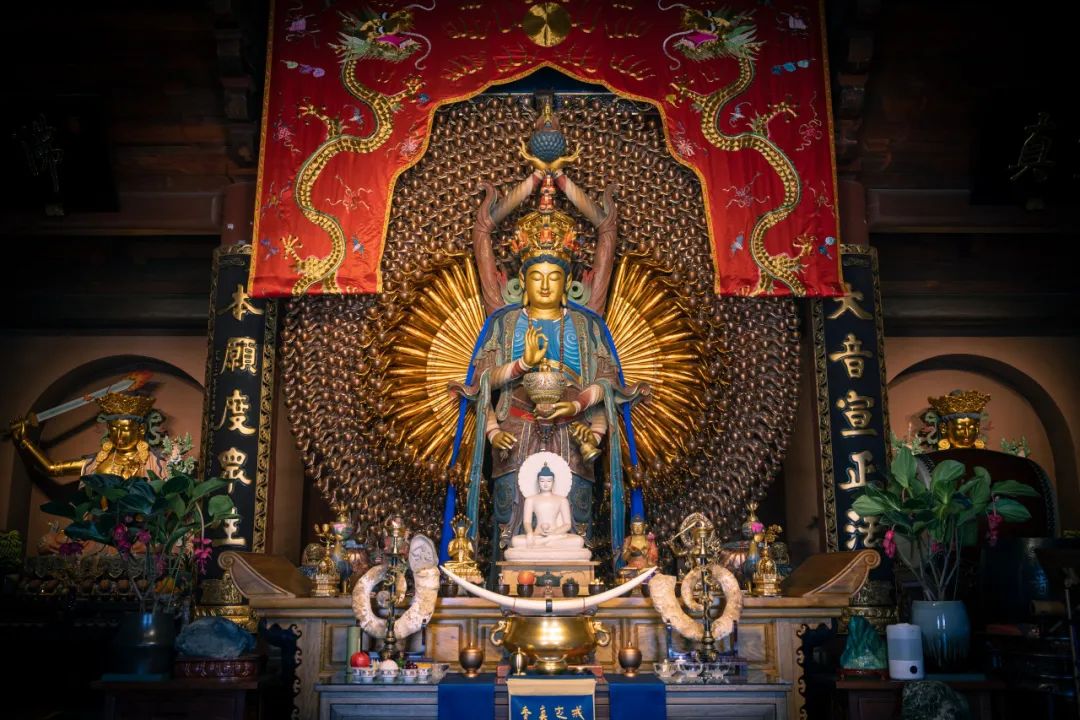
祂找这个生命超越生老病死之道,
就是超越熵增定律之道。
爱因斯坦都说第二热力学定律是肯定不会错的,这个确实佛陀也说了,我们是劫浊嘛,劫浊就是这个的---一代不如一代。这个一代不如一代,这就是热力学定律,就是越来越无序。越来越无序,我们寿命越来越短,我们的品质越来越低,我们的福报越来越少。地球的气候将会越来越恶劣,大地里面的这个营养、土地的滋养将越来越匮乏,矿产将越来越稀缺。就五浊里面众生浊、烦恼浊、命浊、劫浊都是讲的这个。按照我们的世间的轨迹,抛物线的话肯定是越来越不如的,就是第二热力学定律,熵增定律。
Even Einstein said that the second law of thermodynamics is undeniably accurate.
Indeed, the Buddha also spoke about this, referring to the kalpa of decay, where each generation is worse than the previous.
This decline from generation to generation aligns with the second law of thermodynamics, which describes the increasing disorder.
As disorder increases, our lifespans shorten; our character becomes lowly; and our blessings decrease. The Earth's climate will become increasingly harsh; the nutrients in the soil will become increasingly scarce; and mineral resources will become increasingly rare.
The five turbidities—the turbidity of sentient beings, the turbidity of afflictions, the turbidity of lifespan, the turbidity of the kalpa—all refer to this.
As per the trajectory of our world, the parabolic trend continually declines, which corresponds to the second law of thermodynamics, the law of increasing entropy.

PART TWO

佛就是带领我们超越这个的


但这只是佛陀要讲话的一个前提、社会背景,佛来干嘛的,佛就是带领我们超越这个的。我们讲净土的前提铺垫,就是这个社会的背景是什么?是五浊恶世,这是极乐世界的衬托,我们娑婆世界的一个真相,这只是衬底来的。
However, this is merely a pretext and social backdrop to what the Buddha wants to convey.
The Buddha's purpose here is to lead us to transcend this.
Laying the foundation for our topic on the Pure Land, we will understand the societal context: the era of the five turbidities.
This backdrop contrasts with the Pure Land, highlighting the true nature of our Saha World.
This context serves only as a foundation.
所以我们佛弟子为什么这么大无畏?我们虽然讲知道这个五浊恶世,我们却毫不在意,每天念的阿弥陀佛,充满自信的,这就是佛陀已经带领我们解决了这个问题了。我们讲这个问题的时候,我们不是无奈的,我们已经是胜利者。我们只是对这个客观世界的一个描述,但是这不是我们的归宿,我们的归宿在极乐世界。
Hence, why are we, Buddhist disciples, fearless? While we acknowledge the existence of this era of the five turbidities, we do not regard it with concern, chanting Amitabha Buddha's name every day, brimming with confidence.
This is because the Buddha has already led us to solve this problem.
When we talk about this issue, we do not speak with resignation; we are already victors.
We are merely describing the objective world, but it is not our final refuge.
Our final refuge is the Pure Land.
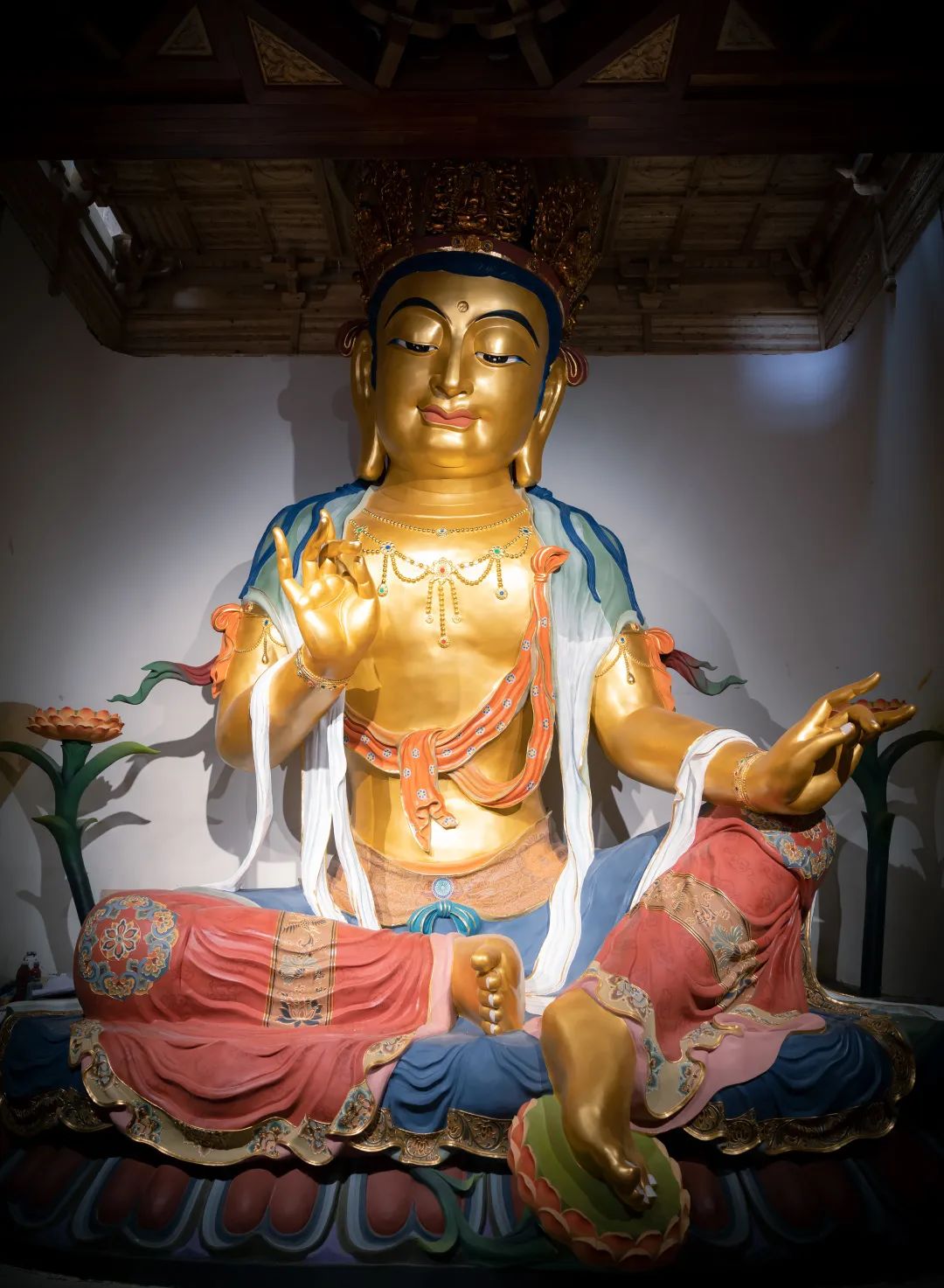
佛弟子是有超越这个方法的,这个对于爱因斯坦来说都是不可想象的。所以爱因斯坦他讲,他说我没有信仰,我如果要选择的话,我会成为佛教徒。这是他亲自讲的,他的书里有的。
Buddhist disciples do possess a method to transcend this, which is unimaginable even to Einstein.
Thus, Einstein once said that he had no religious faith, but if he were to choose, he would become a Buddhist.
This was said by himself and can be found in his writings.

-END-
